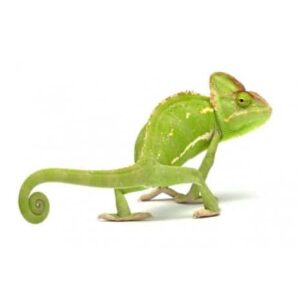What is CITES and how does it affect my pets?
CITES stands for the Convention on International Trade in Endangered Species of Wild Fauna and Flora. It regulates the buying, selling, and import of animals and plants. CITES classifies animals into three categories based on their conservation status: Appendices I, II, and III.
Each country and community must implement CITES regulations using its own methods and modifications. In Spain, the current legislation is Regulation 338/97 of December 9, 1996, which transcribes these appendices: Annexes A, B, and C.
As a general rule, the purchase, public exhibition for commercial or profit purposes, and sale of specimens of species listed in Annex A are prohibited.
For animals listed in Annexes B and C, you will need one of the following documents, depending on the animal’s place of origin:
Importation from outside the EU:
- The original specimen for the holder of the CITES import permits.
- The sales invoice or transfer document.
Importation from an EU Member State other than Spain:
- The sales invoice or transfer document.
- The original document proving captive breeding or the original CITES certificate for EU use.
The animal was bred in captivity in Spain:
- The sales invoice or transfer document. In this case, the breeder’s identification code must also be included, which can only be issued by SOIVRE.
- The original document proving captive breeding or the original CITES certificate for EU use.
If you don’t have the required papers, the legality of the animal’s origin will NOT be recognized.
In cases where the current owner of the animal does not match the holder of the documents, a purchase or sale agreement document must be provided to establish traceability between the CITES document holder and the current owner. It’s important to keep all documents for your pets even after their sale or importation.
What should be included in a purchase or sale agreement document?
- Buyer or recipient and seller or transferor, including the ID/NIF of both.
- Common and scientific name of the species.
- Number of specimens being transacted.
- Number of the CITES import permit/notification issued by the Member State of introduction.
- Origin of the animal(s): captive breeding, wild, farm breeding, or others.
- Mark and type of mark, if applicable.
- Sex: male/female/undetermined.
- For animals born in captivity in Spain, the breeder’s identification code must also be included, which can only be issued by SOIVRE.
Do all animals need a document proving captive breeding or the original CITES certificate for EU use?
No. Some animals, such as lovebirds, celestial parrots, rainbow lorikeets, boa constrictors, iguanas, or Yemen chameleons, do not require this document as long as they are correctly marked according to the species (microchip, ring, tattoo, SOIVRE photographs). You can find a list of all species included in this category in this annex.
For further questions, consultations, or certificates, you can contact SOIVRE Valencia at: Muelle del Turia s/n Edificio de ingenieros, planta baja. 46024, Valencia.


